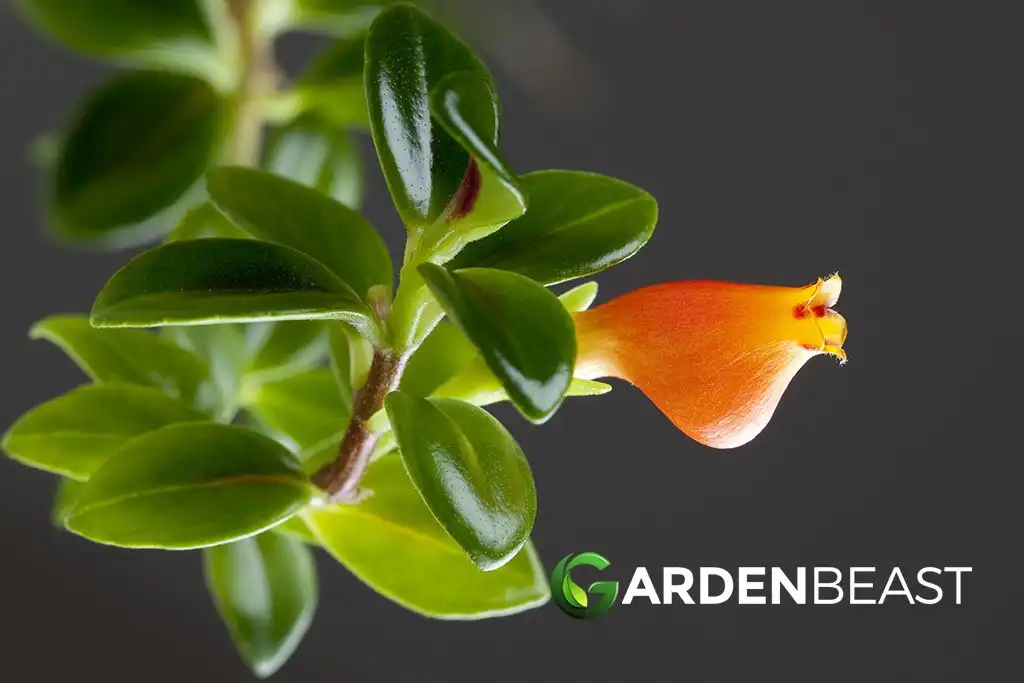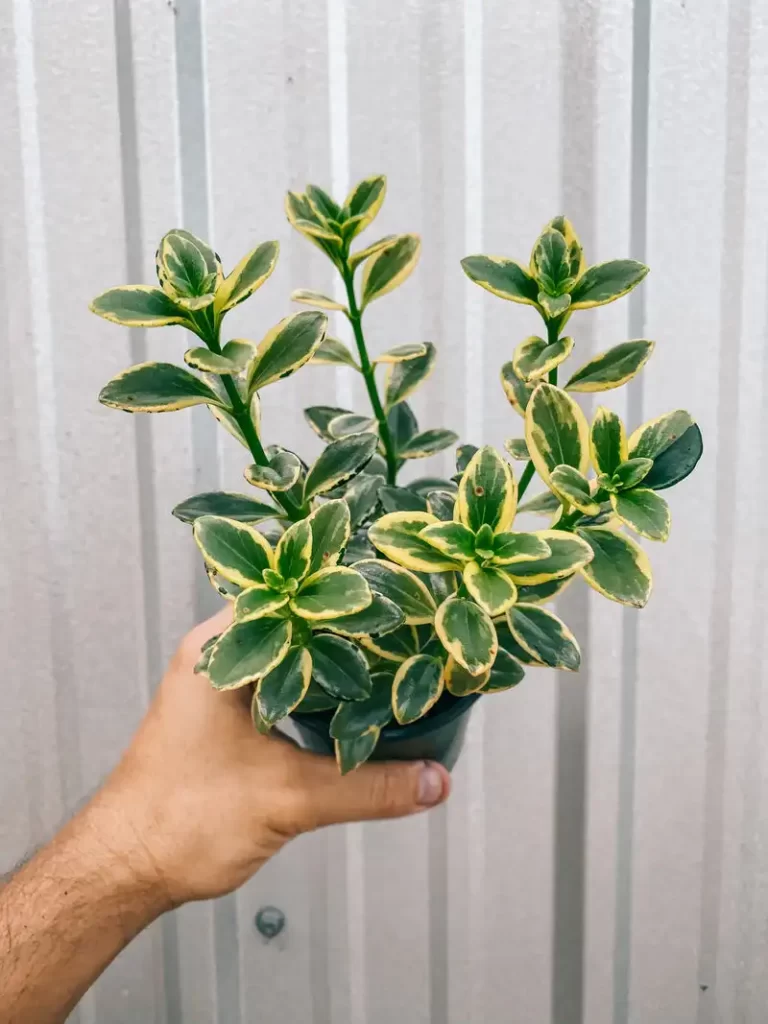The Goldfish Plant, scientifically known as Columnea gloriosa, is a stunning and widely sought-after indoor plant originating from the lush rainforests of South America. Belonging to the Gesneriad family, which also includes beloved houseplants like African violets and Gloxinias, the Goldfish Plant derives its name from its captivating flowers. These flowers, with their vibrant shades of orange or red, bear a striking resemblance to tiny goldfish gracefully gliding through water.
Similar to any living organism, the Goldfish Plant is susceptible to various diseases and pests. However, with proper care and attention, you can ensure the health and vitality of your Goldfish Plant while keeping pests and diseases at bay. This article aims to delve into the common afflictions that may affect the Goldfish Plant, discussing their symptoms and appropriate treatments to safeguard your cherished plant.

Common Diseases and Pests
Here are some common issues that can affect the health of your Goldfish Plant, along with their symptoms and remedies:
1. Root Rot:
Root rot is a fungal disease that develops when the roots of the Goldfish Plant are excessively waterlogged due to overwatering or poor drainage. Signs of root rot include wilting, yellowing leaves, and a foul odor emanating from the soil. To address this problem, carefully remove the affected plant from its pot and examine the roots. Trim away any decayed or dead roots, and then replant the Goldfish Plant in fresh, well-draining soil. Adjust your watering routine to prevent waterlogging in the future.
2. Mealybugs:
Mealybugs are small, white, cottony insects that feed on the sap of the Goldfish Plant’s leaves and stem. Infested plants may exhibit yellow leaves, stunted growth, and a sticky residue. To eradicate mealybugs, isolate the affected plant to prevent the infestation from spreading. Use a cotton swab dipped in rubbing alcohol to remove the bugs from the leaves and stems. Alternatively, you can employ a mixture of water and dish soap or opt for a commercial insecticidal soap.
3. Scale Insects:
Scale insects are round pests that attach themselves to the Goldfish Plant’s leaves and stem, extracting sap and impeding growth. Their protective shells make them resistant to insecticides, posing a challenge for removal. Nonetheless, you can manually eliminate them by using a cotton swab soaked in rubbing alcohol. Another option is to employ a horticultural oil spray, which suffocates the insects.
4. Spider Mites:
Spider mites are minuscule creatures that create webs on the plant and suck the sap from its leaves. Infested plants often display yellowing, wilting, and deformation. To combat spider mites, spray the plant with a mixture of water and dish soap, or use a commercial insecticidal soap. Additionally, increasing the humidity around the plant by placing it on a tray of water-filled pebbles can be beneficial.

5. Leaf Spot:
Leaf spot is a fungal disease resulting from overwatering, poor air circulation, and high humidity. Symptoms include the formation of brown or black spots on the leaves and yellowing. To treat leaf spots, remove the affected leaves and enhance air circulation near the plant. Applying a fungicide can also help prevent the disease from spreading.
Prevention:
Preventing issues before they arise is always preferable. Here are some preventive measures to keep your Goldfish Plant healthy:
1. Provide Proper Drainage:
Ensure proper drainage by planting the Goldfish Plant in well-draining soil and using pots with drainage holes. Only water the plant when the top inch of the soil feels dry.
2. Provide Proper Lighting
The Goldfish Plant thrives in bright, indirect light. It can tolerate some direct sunlight in the morning or late afternoon, but too much direct sunlight can scorch the leaves. In low light conditions, the plant may become leggy and produce fewer flowers. Place the plant near a north or east-facing window, or use a sheer curtain to filter direct sunlight.
3. Maintain Proper Humidity:
The Goldfish Plant prefers moderate to high humidity levels, which can help prevent pests and diseases. You can increase the humidity around the plant by placing it on a tray of pebbles filled with water, misting it with water, or using a humidifier in the room.
4. Clean and Inspect Regularly:
Regularly inspect your Goldfish Plant for signs of pests or disease, and remove any dead or damaged leaves promptly. Clean the leaves with a soft, damp cloth to remove dust and debris, which can attract pests and inhibit growth.

5. Avoid Over-Fertilizing:
Over-fertilizing can lead to salt buildup in the soil, which can damage the roots and make the plant more susceptible to pests and disease. Only fertilize your Goldfish Plant every 4-6 weeks during the growing season, and use a balanced fertilizer with equal parts nitrogen, phosphorus, and potassium.
Read: Banana water and peels for plants growth
6. Quarantine New Plants:
When you bring a new plant into your home, quarantine it for a few weeks before placing it near your other plants. This can help prevent the spread of pests and diseases to your existing plants.
By following these prevention tips, you can help keep your Goldfish Plant healthy and free from pests and diseases. Remember that prevention is always easier than treatment, so make sure to take proactive steps to maintain your plant’s health.
Remember, prevention is always the best medicine, so it’s important to maintain good care practices and regularly inspect your Goldfish Plant for signs of disease or pests. If you notice any problems, take action promptly to prevent further damage and keep your plant healthy and thriving.



